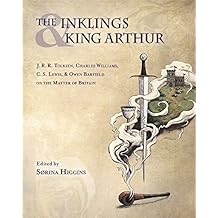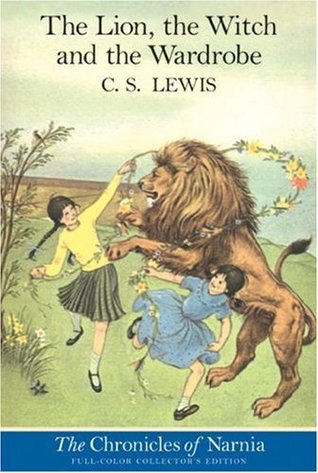I am still reading through The Inklings and King Arthur, and in all probability will be doing so for a few months to come (alongside other book, sof course). It is a very rich and stimulating book which touches on all manner of different topics.

For today I want to look at several different ways in which word images are used. The standard textbook definitions of simile and metaphor are that a simile is explicitly introduced with a word – usually “like” or “as” – but a metaphor is just presented directly. So it’s comparatively easy to spot a simile – “he ran like the wind“, “his grip was as hard as bell-metal“. But by the same token, a simile is soon over. Once the link is set up, it is pretty clear… so long as you understand the reference, there’s not a lot to add. It might be strikingly effective in its setting, but it’s soon over.
But a metaphor is usually much more open-ended, and often opens up other dimensions for the reader to explore. “But soft! What light through yonder window breaks? It is the east, and Juliet is the sun.” I wonder what different people take from that metaphor of Romeo’s? That she is bright, warm, life-giving, brings wakefulness after sleep? Or that she is easily hidden behind clouds, and that too much of her tends to burn you?

We bring our own history into a metaphor as we engage with it. So the person who is at the tail end of a long dark winter will read it differently to the person on a summer beach on holiday. Icarus would certainly have a different opinion!
When an author uses a simile, it is generally low-risk. The likeness is presented in a sentence, or perhaps a paragraph, and then it is gone. About the only thing that can go wrong with it is if people don’t understand the point of reference, or if the comparison is so laughable as to be absurd rather than stimulating. The annual “bad sex scene” writing awards often attract prizes when bizarre similes are used for various body parts.
But a metaphor usually permeates much more of a book. It might shape the whole storyline, or suggest features in the background which the author chooses not to specifically focus on. A common one is to use seasons to suggest emotional content: “Now is the winter of our discontent“. The writer can glide without much effort between the literal meaning of a word or concept, the associations that a reader draws in from experience, and the way that events in the book are playing out. Some authors construct very thorough associations between the two ends of the metaphorical connection.
This can make it what I called high risk – if a reader misses the link (which has never been highlighted explicitly by the author), or does not understand the connection, or finds it implausible, it’s not just an odd paragraph that suffers but potentially the whole plot. Some readers are very concrete, very literal in their approach, and don’t get the point of a metaphor. They want everything to be direct rather than indirect. For such readers, a high metaphorical content is frustrating and pointless. Readers differ, and while some will love a book which constantly points away from itself into other metaphorically connected worlds, others will not.

Now, the Inklings in their own writing used metaphor on lots of levels (as well as simile). Tolkein and Lewis were both highly trained scholars in academia, and it is natural that their knowledge of old source materials informs what they wrote. So their writing can be read on lots of levels. You can certainly come at them just as stories, and when one encounters them as a child or young person that is just how most of us respond. But on rereading, other dimensions come into play. Both of those authors wanted to create a world which seemed to readers to be real, with a deep and rich history behind the events on the page. Metaphor helped them to create such worlds.
Seasonal metaphors are certainly present – The Lion, the Witch and the Wardrobe would not be the same story if we didn’t recognise and respond to the nature pictures of ice gripping the land and yielding to the sun. Aslan’s title of Son of the Emperor over the Sea pulls on two millennia of Christian imagery, and also the happy accident of the English language that Son and Sun are so alike. Frodo’s journey out from the Shire in The Lord of the Rings would not have been the same if it had happened in spring or early summer, rather than late autumn turning to winter.
It is not my purpose here to list all of the metaphors used by either author – that would be a prodigiously long task – but to highlight that they both, along with many others, used metaphors to liven and enrich their writing.
